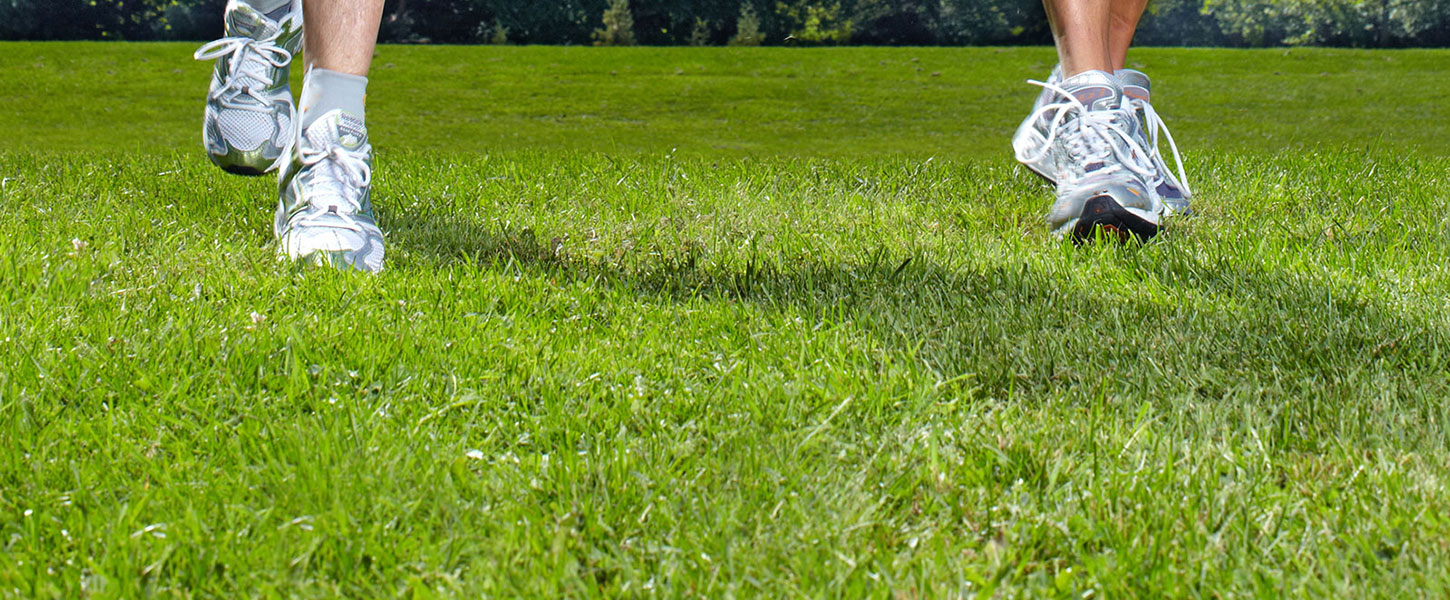Active Isolated Stretching Expanding the Potential of the Professional

The Active Isolated Stretching (AIS) method of muscle lengthening and fascial release is a type of Athletic Stretching Technique that provides effective, dynamic, facilitated stretching of major muscle groups, but more importantly, AIS provides functional and physiological restoration of superficial and deep fascial planes. Over the past few decades many experts have advocated that stretching should last up to 60 seconds. For years, this prolonged static stretching technique was the gold standard. However, prolonged static stretching actually decreases the blood flow within the tissue creating localized ischemia and lactic acid buildup. This can potentially cause irritation or injury of local muscular, tendinous, lymphatic, as well as neural tissues, similar to the effects and consequences of trauma and overuse syndromes.
The AIS TechniqueDeep, Superficial Fascial Release
Performing an Active Isolated Stretch of no longer than two seconds allows the target muscles to optimally lengthen without triggering the protective stretch reflex and subsequent reciprocal antagonistic muscle contraction as the isolated muscle achieves a state of relaxation. These stretches provide maximum benefit and can be accomplished without opposing tension or resulting trauma.
Myofascial ReleaseAchieve Optimal Flexibility
Aaron Mattes' myofascial release technique, which also incorporates Active Isolated Stretching, uses active movement and reciprocal inhibition to achieve optimal flexibility. Using a 2.0 second stretch has proven to be the key in avoiding reflexive contraction of the antagonistic muscle. Without activating muscle group contraction, restoration of full range of motion and flexibility can be successfully achieved.
Common ConditionsEffective Techniques for Treating These Conditions
Tenosynovitis
Tenosynovitis is an inflammation of the synovial sheaths covering the tendons. It is seen frequently as a result of trauma, rheumatoid arthritis, or infection. It…
Shoulder Impingement
There is usually consistent irritation in the subacromial region. Extrinsic causes such as an acromial spur, tendon calcification, a curved or hooked acromion, or acromioclavicular…
Osgood-Schlatter’s Disease
This is a partial separation of the tibia tuberosity. It is also apophysitis (inflammation) of the tibial tuberosity. This condition is caused by sudden or…

